Mark Twain popularized the saying: “There are lies, damned lies, and statistics.” After reading the recently released IPCC report, we can now add, “There are liars, damn liars, and IPCC.” When compared to the also [recently published 1000+-page volume of data on climate change [http://climatechangereconsidered.org/]] with thousands of peer-reviewed references, by the Nongovernmental International Panel on Climate Change (NIPCC), the inescapable conclusion is that the IPCC report must be considered the grossest misrepresentation of data ever published.
As MIT climate scientist Dr. Richard Lindzen stated, “The latest IPCC report has truly sunk to the level of hilarious incoherence—it is quite amazing to see the contortions the IPCC has to go through in order to keep the international climate agenda going.”
From the IPCC 2013 Report:
The IPCC’s misrepresentation of data is blatantly ridiculous. In Fig. 1, the IPCC report purports to show warming of 0.5°C (0.9°F) since 1980, yet surface temperature measurements indicate no warming over the past 17 years (Fig. 2) and satellite temperature data shows the August 13 temperature only 0.12°C (0.21°F) above the 1980 temperature (Spencer, 2013). IPCC shows a decadal warming of 0.6°C (1°F) since 1980, but the temperature over the past decade has actually cooled, not warmed.
From the 2013 IPCC Report:
Some melting occurred in Greenland during the 1978-1998 warming, but that is not at all unusual. Temperatures in Greenland were warmer in the 1930s than during the recent warming, and Greenland seems to be following global warming and cooling periods.
Arctic sea ice declined during the 1978-1998 warm period, but it has waxed and waned in this way with every period of warming and cooling, so that is not in any way unusual. Arctic sea ice expanded by 60% in 2013. Antarctic sea ice has increased by about 1 million km2 (but IPCC makes no mention of this!). The total extent of global sea ice has not diminished in recent decades.
The statement that Northern Hemisphere snow cover has “continued to decrease in extent” is false (despite the IPCC claim of ‘high confidence’). Winter snow extent in the Northern Hemisphere shows no decline since 1967, and five of the six snowiest winters have occurred since 2003 (Fig. 7).
The amount of snow cover at any time is always a contest between the amount of snow and rate of melting. Thus, winter snow cover is likely to be most affected by the amount of snow. Not many areas at low elevations get a lot of snow in March and April, so the spring snow cover is likely to be most affected by the rate of snow melt. (Yes, it does snow in March/April and it does melt in Nov-April, but, overall, the dominant processes controlling snow cover are somewhat different). We have all seen bitter winters with large snowfall followed by a warm spring—you can’t really judge how snowy the winter was by how much snow remains at the end of spring. The question is, if you want to judge whether or not snow is disappearing from the Earth, which would you choose, spring snow cover or winter snow cover? The IPCC looked only at the spring snow cover over a two month period and totally ignored the winter snow cover over its six month period. The spring snow cover is more a reflection of how warm the spring was whereas the winter snow cover is likely a better measure of how snowy the winter was. Keeping in mind that the question is whether or not snow is going to be a thing of the past (as contended by some CO2 advocates), including the winter snow cover is critical.
And you can’t fail to take into account that during the past 100+ years we have had two periods of global warming (~1915 to ~1945 and 1978-1998) and two periods of global cooling (~1890 to ~1915 and ~1945-1977), so we shouldn’t be surprised to see trends change with time. We only have satellite coverage for the past 3-4 decades, which happens to coincide with the most recent warm period so we shouldn’t be surprised to see a declining snow cover trend during that period. But what about the preceding cool period (1945-1977) and the warm period from 1915 to 1945? How reliable is the snow cover data from 1920 to 1980? Probably not anywhere near as good as during the satellite era.
The point here is that by using only the spring snow cover to contend that snow is declining does not tell the whole story.
From the 2013 IPCC Report:
Don J. Easterbrook is professor of geology at Western Washington University.

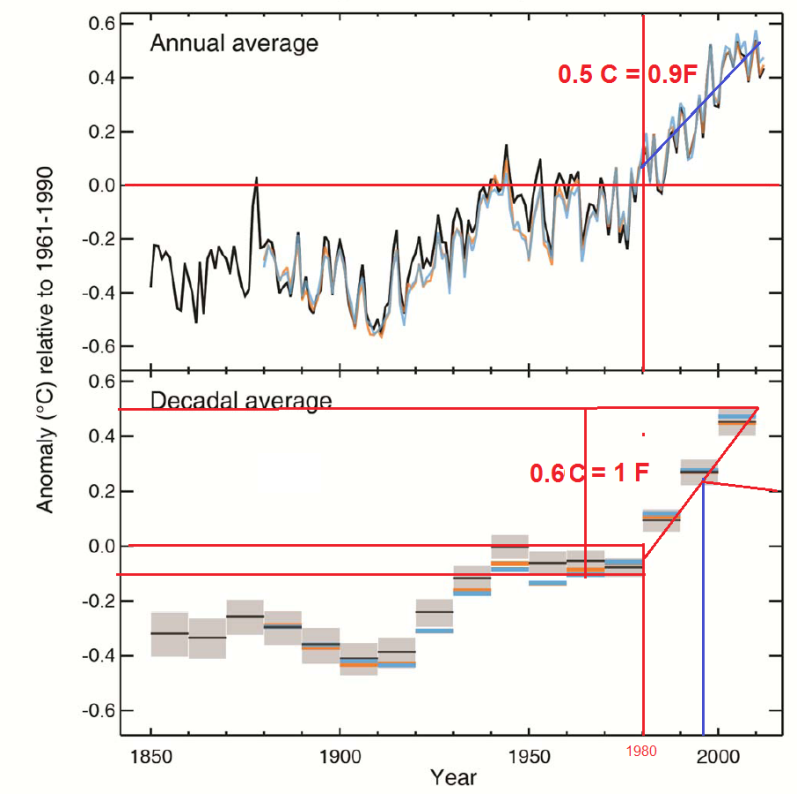
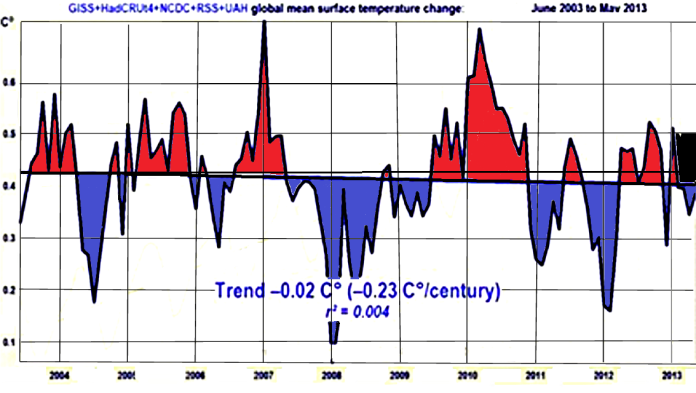

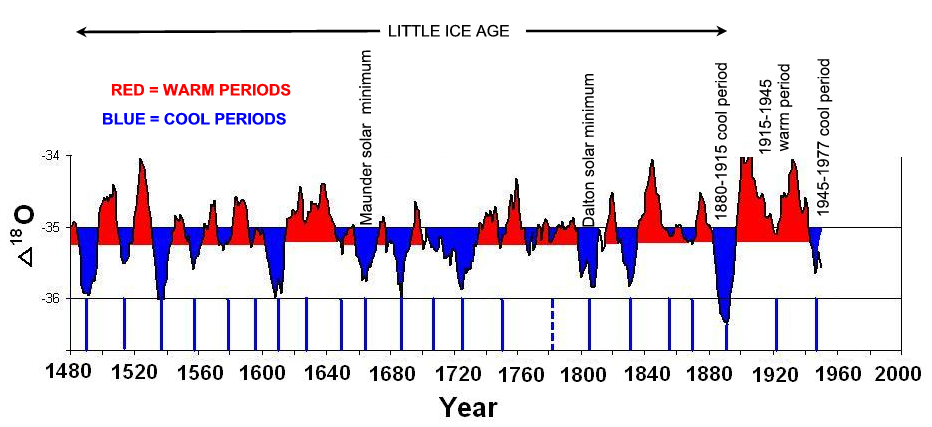
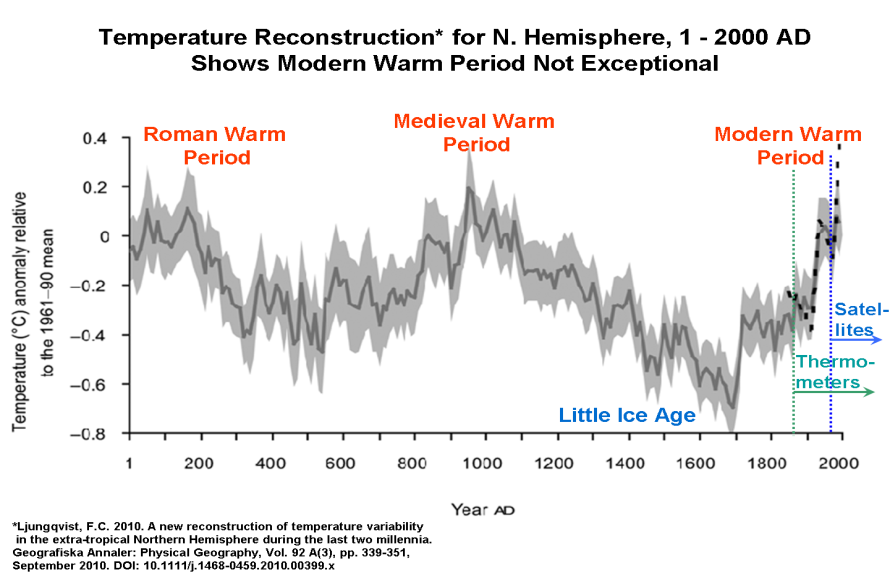
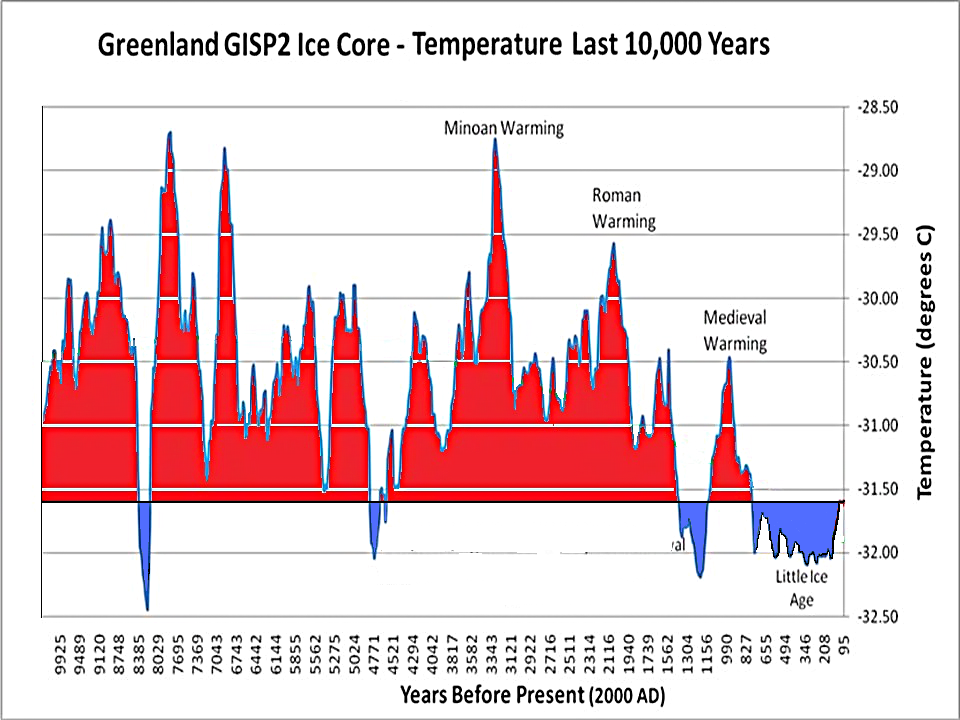
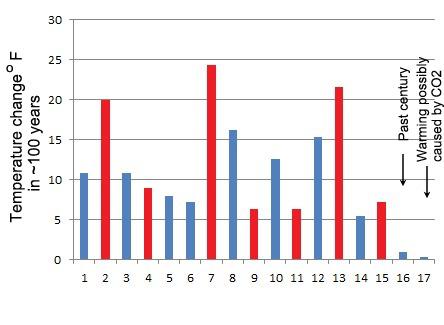


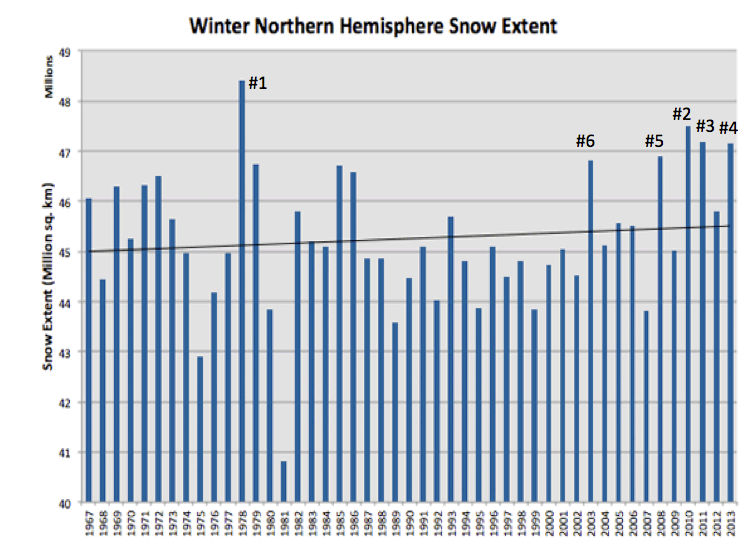




 RSS Feed
RSS Feed
